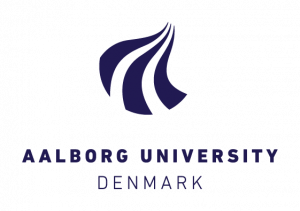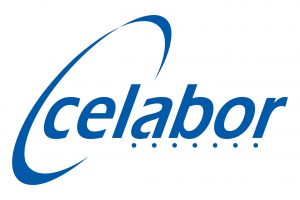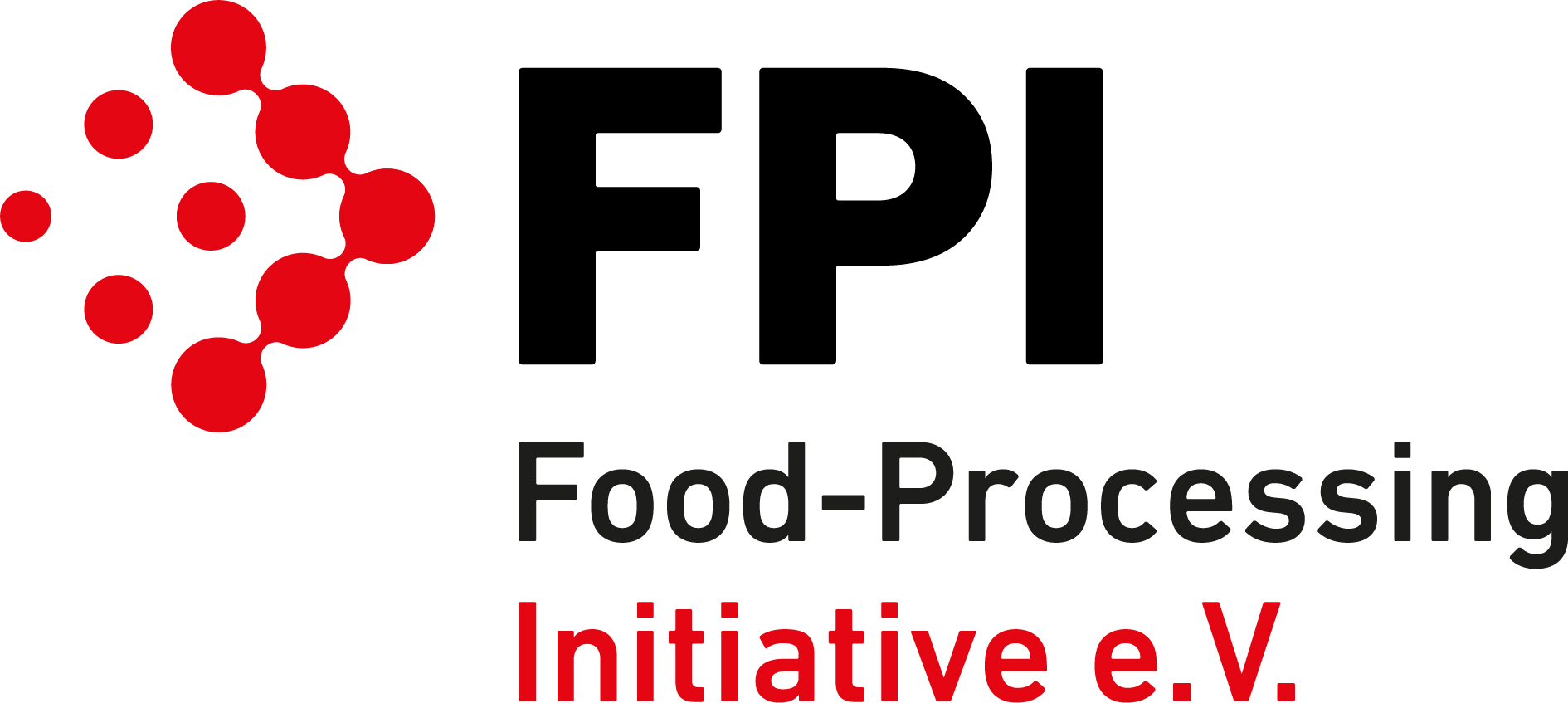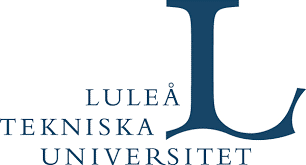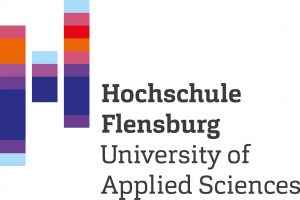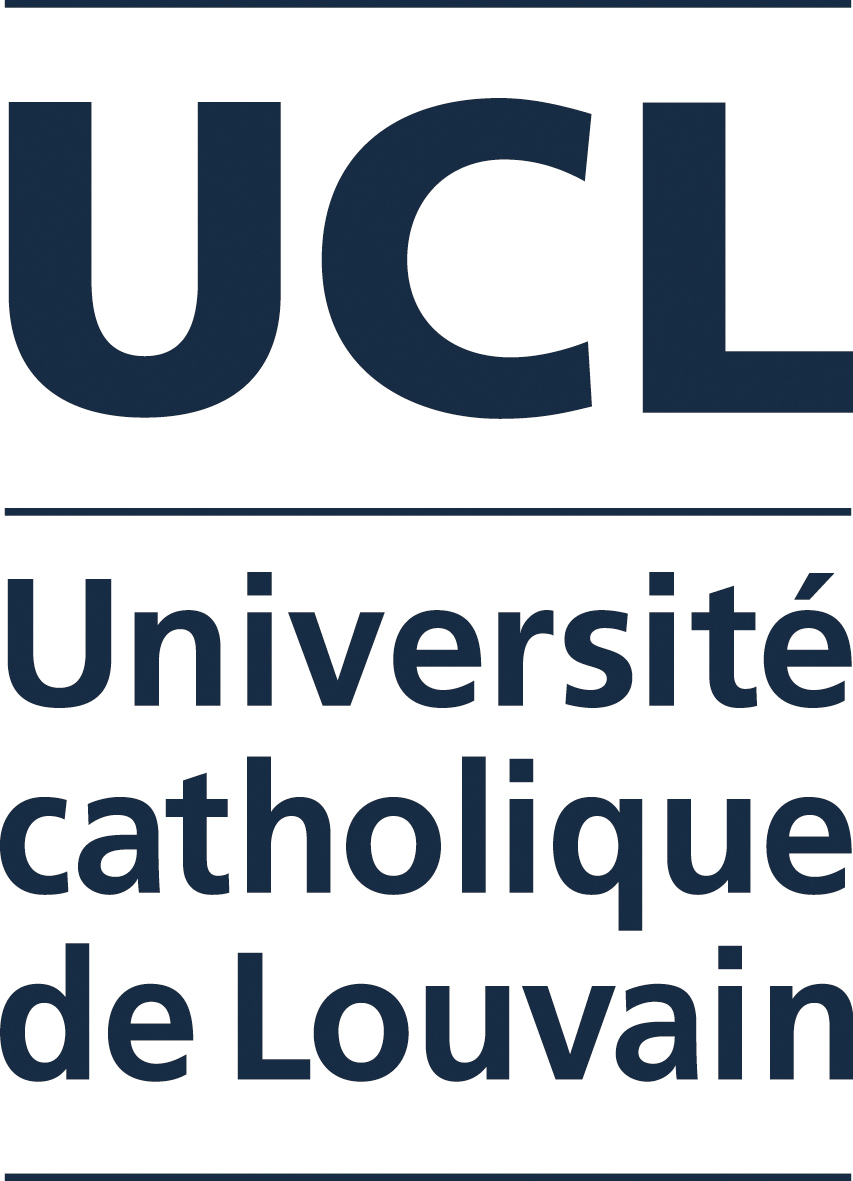UN Sustainable Development Goals
The Water-Energy-Food nexus has been central in discussions on sustainable development[1]. Socio-economic development and population growth pose unique challenges in securing sufficient water, energy, and food. These challenges will become increasingly demanding in order to meet the expected demand of 50% more food, 40% more energy, and 30% more water by 2030[2] [3] [4]. More than 2 billion people are living with the risk of reduced access to freshwater resources and by 2050, at least one in four people is likely to live in a country affected by chronic or recurring shortages of fresh water[5]. Clean water for all is one of the 17 UN development goals, with one of the targets being to substantially increase water-use efficiency across all sectors. Agriculture is the largest user of freshwater, which is essential for food production, but also for biochemical and biofuels production, as we are moving towards a bio-based society. Hence, lack of fresh water and salinization of soils are at the core of the Water-Energy-Food nexus and represents major challenges to meet several of the 17 UN development goals. Sustainable Aquaculture and halophyte farming development – like suggested in the AQUACOMBINE project – could directly contribute to meeting goals: (2) Zero hunger, (3) Good health and wellbeing, (6) Clean water, (7) Affordable and clean energy, (8) Decent work and economic growth, (9) Industry, innovation, and infrastructure, (12) Responsible production and consumption, (14) Life below water, (15) Life on land (Figure 15).
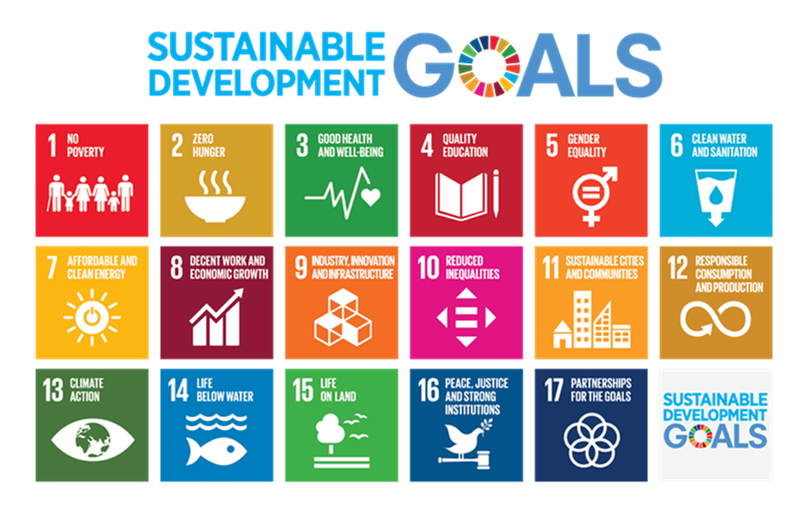
Figure 15. 17 UN sustainable development goals[6].
More than 98 percent of the application of halophytes can be found in the use as food: fresh cuttings and pickling. Halophyte are old medicinal plants and offer health benefits that are highly sought after in today’s society, where consumption of purpose bred crops and refined food are causing an epidemic in lifestyle diseases. Lifestyle-related diseases are now the leading cause of death worldwide, killing 36 million people a year. The cumulative costs of heart diseases, chronic respiratory diseases, cancer and diabetes in poorer countries are expected to top 7 trillion USD (4.4 trillion GBP) in 2011-2025, an average of nearly 500 billion USD (316 billion GBP) a year, according to the World Economic Forum. The phytochemicals in halophytes offer anti-inflammatory, anti-microbial, and anti-diabetic properties, as well as protection against cancer and cardiovascular problems, which can help relieve life style diseases, and diversity our consumption patterns away from heavily processed and low nutrition foods. As halophyte farming can be done in various scale and for various purpose; both as a healthy food source and as biomass for biorefining, evolving this technology has great potential to boost growth and employment in coastal areas even in areas with low quality soils and arid environments.
[1] Li, M.et al. (2019) Science of the total Environment 651: 1416-1434.
[2] Yang, Y.C.E. et al. (2016) J. Water Resour. Plan. Manag. 142 (12), 4016062.
[3] Zhang, X. and Vesselinov, V.V. (2016) Appl. Energy: 183, 77–87.
[4] White, D.J. et al. (2018) Appl. Energy 210: 550–567.
[5] https://www.un.org/sustainabledevelopment/sustainable-development-goals
[6] www.un.org/sustainabledevelopment/news/communications-material/
Acknowledgement
This project has received funding from the European Union’s Horizon 2020 research and innovation programme under Grant Agreement No 862834. Any results of this project reflects only this consortium’s view and the European Commission is not responsible for any use that may be made of the information it contains.


